Before They Disappear - Mountain Ranch by Michael Crouser
1 11 Share TweetDifficulty is a challenge. To simply take the easy way out takes so much out of the experience. Photographer Michael Crouser captures all of this and more in his gritty and timeless book, Mountain Ranch.
Ranching is a tough profession and the people who do it are even tougher. Skill, determination, and commitment are just a few things you'll learn along the way when you're tending and herding cattle the old fashioned way. That's what makes it all the more fulfilling — it's a personal choice and a journey. Michael was able to photograph this and more in his own terms, creating a series of gripping images and a poignant narrative. It wasn't just about the output, it was about doing things right.

We got in touch with Michael and he was gracious enough to share his thoughts about his personal project. Shot entirely on black and white film, Mountain Ranch is more than just a book filled with pretty pictures — it's a contemplation about life, regardless of where you stand.
Hello, Michael. Welcome to the Lomography Online Magazine! We are in awe of our pictures from your book, Mountain Ranch. What's the story behind that project?
Mountain Ranch is a visual exploration and homage to a disappearing way of American life, that of cattle ranching in the mountains of Colorado.
We read that you photographed the people and their way of life for ten years. How was the experience?
Like all of my projects, it ended up being as much about an education for myself as it was a collection of images. I have always been fascinated by disappearing cultures, and rougher, more basic ways of life. And like most people, I have always had some fascination with cowboys. I didn’t set out with a plan to spend ten years on this series, it’s just how it turned out as I looked to tell the story as well as I could.
Also, over the course of ten years, I really became quite good friends with the people I was photographing. I watched their children grow up into adults, listened to the stories of the older ranchers and enjoyed all the time I spent in their company, getting to know them and learning about their traditional way of life. Four of the elderly ranchers I photographed for the book have already passed away, and I feel so fortunate to have met them and made their portrait, and to have documented their stories in text.
What made you choose the subject?
In the spring of 2006 was in a bit of a creative malaise following the death of my mother. I don’t think I had taken a picture in over a year, and I was invited out to Colorado by some friends, who thought I might like to photograph their neighboring ranchers. I was not enthusiastic about it, but I was convinced to go, and the experience was really an awakening. I was out in the mountains, in the snow and fresh air and quiet with a camera in my face again. The ranchers I met were kind and accommodating, and I like them very much. I found that it was really a perfect subject for me. It was rough and earthy and tactile. There was the disappearing, traditional aspects of their life and work…and as I say in the book, I just felt like I was in the right place.
We really admire your eye for moments. How do you know when it's time to hit the shutter?
I truly believe that while a love for the visual may be somewhat innate, photography is an art form and a craft like any other, which must be practiced and honed. I have been taking pictures for more than 40 years. And while I have not always known I was learning or evolving, I believe that when you are persistent, and take your work seriously, when you try new things, analyze your own work critically and are demanding with yourself, you can’t help but to progress. I shot a lot of pictures for this book to get down to 125 in the final book….a lot. And all of it is practice. All of it is learning. And when you make something rare, something special, it is not just luck and not just straight skill. It’s you working and trying. You win some, you lose some. But you get lucky more often with hard work.
How important is learning in a creative/photographer's life?
When I was a young photographer, for some reason, I had a hard time looking at the work of established or historic photographers, and didn’t want to learn about them. I don’t know why it made me so uncomfortable, but somehow I felt like if I concentrated too much on others and how they did things, I wouldn’t be making pictures my way. I had plenty to learn, but I really just wanted to make pictures. I wanted to do it, not learn about it. It didn’t really matter to me who had done what…what did they and their pictures have to do with what I was doing?
I suppose it was a young point of view. Because as I got older, I learned that inspiration is a wonderful thing, and that there are and have been many, many wonderful photographers and to sit and consider a fine monograph by a wonderful photographer is a truly exciting undertaking that doesn’t take away a thing from what I’m trying to do. I hope that I’m always learning in some way, improving in some way. Finding new ways to make my work, even with small lessons and exercises, is part of that. So is recognizing beautiful work when I see it. For me, such inspiration can be found in the work of Anders Peterson, Leonard Misonne, Matt Mahurin, Robert Doisneau, Brassaï and others.
What was the most important lesson you've learned after finishing Mountain Ranch?
That I’m always learning and hopefully always improving. And also that the friends I make during a long term project are much more important than the series itself.
Any unforgettable experience during the course of your project?
The whole project was an unforgettable experience. Truly. The great people I met and the time I was able to spend in the quiet, but intense world of ranching was truly amazing. I have been a fortunate person. I have tried things, and been allowed to try things. I have been helped and guided and been the recipient of an untold amount of kindness and generosity.
Photographing a culture/people for ten years is no easy task. How and when did you know that you were done?
As time went on, I realized the story that I wanted to tell with this book. I broke the book down into a list of things I wanted to accomplish…ie: photographing, to my satisfaction, the branding of calves. The photographing of the mending of fences, etc. I wanted to get a certain number of portraits that made me happy. I wanted to record and transcribe at least eight stories from older ranchers. And in the end I was missing only the final aspect of a rancher’s year, that of the shipping out of calves in semi trucks. It was a terribly hard thing to shoot, but it was important, and I needed to figure it out in order to finish. Finally, I got enough pictures that satisfied me, and I was able to feel good about wrapping it all up.

Furthermore, what was your goal when you pursued that photo project?
After the initial trip, which was just a trip with a camera, I did feel that I wanted to make a book. I had had two books published previously…Los Toros (Twin Palms Publishers) and Dog Run (Viking Studio)…and it is something I enjoy very much, the development of a series and its eventual birthing into the world as a book. I should say, though, that I do keep in mind while working on a project like this, that it has to satisfy me even if it never gets published.
The first goal is simply to make the images. To hone the series. And when it is done, after whatever amount of years, then I can look to the future, propose it to publishers etc. When I was working on my Los Toros series, I used to call it “the box in the basement” because I wanted to be open to the idea that that might be the final form for the collection of prints. I wanted to be pleased with it, even if no one ever saw it but me. I suppose you could say that the goal is simply to do well. To live and learn, to create and become better.
Some of the views that you captured are truly mesmerizing. They give out this artistic vibe that we rarely see nowadays. What was your initial reaction when you saw those scenes in person?
Well, Colorado is a stunning place, and the work that I was watching was infinitely fascinating to me. So, the unique and quiet beauty already exists. As a photographer I see it as my goal to make something personal of this, something in my own fashion, with my own voice. This is something I talk about a lot with my students…the development of one’s voice through one’s choices in how an image is made. Composition, perspective, media, equipment, image presentation, post production, etc. It is my feeling that the most effective of my images are somehow a reflection of myself.
I shoot all my personal work with film, because it feels correct to me. I don’t mean to say that other means of making pictures are incorrect for other people, but I see my photography as personal expression, and therefore the means and methods I use to get to my final product are important. I like what I refer to as “tactile photography”…that is, it can be touched. All of it. The film goes in and out of the camera, it’s developed with liquid in stainless tanks. It dries in the air, it’s snipped with scissors and considered in light. It’s projected through glass onto fibrous paper, bathed in chemistry, washed in water. And all of these steps can be adjusted in one’s own way, with the hands and eyes, to a result that is more or less pleasing. For me this is craft. For me, I can’t find the same satisfaction with a mouse and a screen. It occurs to me that some digital imagery is made, and goes around the world and never exists in a tangible form at all. I would not want that for my pictures.

Why did you choose to shoot with black and white film for this series? What's the story behind your choice of film?
I think I answered this, more or less, in the previous question, but let me say that I think that whether you are making photographs, or jazz, or sculpture, how you speak is as important as what you say. Your methods matter as much as your final product, if you consider your photography to be your personal expression. For me that means black and white film and tactile photography. The Tri-X film and toned black and white prints are simply more a reflection of myself than color would be, or than digital would be. It sometimes occurs to me that the making of my pictures has more in common with making mud pies than it does with digital photography.

What was the most challenging thing you encountered when you were shooting the photographs for Mountain Ranch?
I have two answers for this…the first is that it was very difficult to make satisfying images of the shipping of calves, the last “chapter” in the work year of a rancher. To get any kind of interesting angle on this, I had found myself too close to the animals, which spooked them, making it hard for the ranchers to easily do their work, on what is literally the one day of the year they get paid. So I had to be inventive…I wanted the calves and cowboys coming at me, so at two different ranches I rigged up some remote controlled cameras on the ramp going into the truck, which worked great, technically, but I didn’t get the picture I wanted. So, at a third ranch I had the ranchers place me over the loading chute on their forklift, right above the calves. The animals weren’t bothered by me, for some reason, and the main image I got was just what I was hoping for. Thank goodness for the kind and helpful ranch families.
The other answer to your question is that about six years into this project I felt that I was getting a little stale in my picture making…it seemed I was making the same types of images over and over…same perspectives, same compositions, it was seeming predictable, and this was definitely not what I wanted. One day I was driving the road between Burns and Yampa and I drew the letter “T” on my wrist so that I would see it the rest of the drive and the rest of the day. The “T” stood for two things. “Go TOWARD the subject”…meaning get closer to the subject and make something interesting happen in the camera, rather than holding back for a more pastoral scene. It also stood for “Take a new kind of picture”…meaning, don’t do what seems natural.
Do something a little out of the ordinary. So, I did both. I went much closer to the subjects than usual, almost getting myself run over by one horse and rider, and also I started experimenting with shooting in bright sunlight, rather than insisting on overcast light. Also, on days when I didn’t have anything lined up with any of the ranches, I started exploring making photographs of inanimate objects…fence posts, machine handles, etc…that were part of the ranching story. By extending myself in these ways, I feel that I was able to keep the project moving, when it was in danger of getting stuck.

Would you change anything in the project if you could?
I sometimes wish I could make a book of the pictures I’ve missed over the years. They stick in your mind. Also, there are things I had in my mind’s eye that never transpired, so I never got the chance to try to photograph them. But…that’s simply the way it goes. This was not a directed series. It was observational. So, you observe, you make the best pictures you can, you learn and go out and try again. I once heard Jay Maisel say something to the effect that every photographer who is honest with himself knows that he is a failure. This is because of the number of images NOT made to one’s satisfaction. But he is also quoted as saying that “Failing is not a problem. Not trying is a problem.” When I was finished with Mountain Ranch, he asked me if I was happy with the book…I kind of shrugged, and he laughed and said, “Are you ever REALLY happy when it’s done?”
What advice would you give to people who are planning to pursue a career in photography?
I would say that, making a living is one thing, and finding your own voice as a photographer is another. Stay on your path to making work that could only be made by you.
Lastly, what's next for Michael Crouser?
For many years now I’ve been slowly working on a series called “Sin Tiempo”, which means “without time” in Spanish. I would like the chance to flesh this out a little more and see what I can do with it, now that the other three series have all found their way into some final form. It is a series of images that don’t give away the era in which they were taken. The parameters for the series are loose, and always developing, but that is the idea. It’s an exercise in seeing, and in working within and developing a personal aesthetic.

Many photographers are concerned with documenting and somehow commenting on our popular culture, which by its very nature dates the images. I am more interested in working within my aesthetic preferences, producing something darker and more dreamlike, perhaps more romantic, in something closer to a Pictorialist tradition, rather than making something easily identifiable as having been from a certain moment in time. Although I might not have had the language to explain it back then this idea first took form for me in my book Los Toros, and has evolved from there.
We would like to express our gratitude to Michael for letting us feature his work on the Magazine. If you're interested in his work, you can head over to his website for more. You may also follow the terrific tales of these rancher families in this short video. Michael's book Mountain Ranch is still out on the market.
written by cheeo on 2018-03-22 #interview #cattle #colorado #cowboys #michael-crouser #mountain-ranch #ranchers













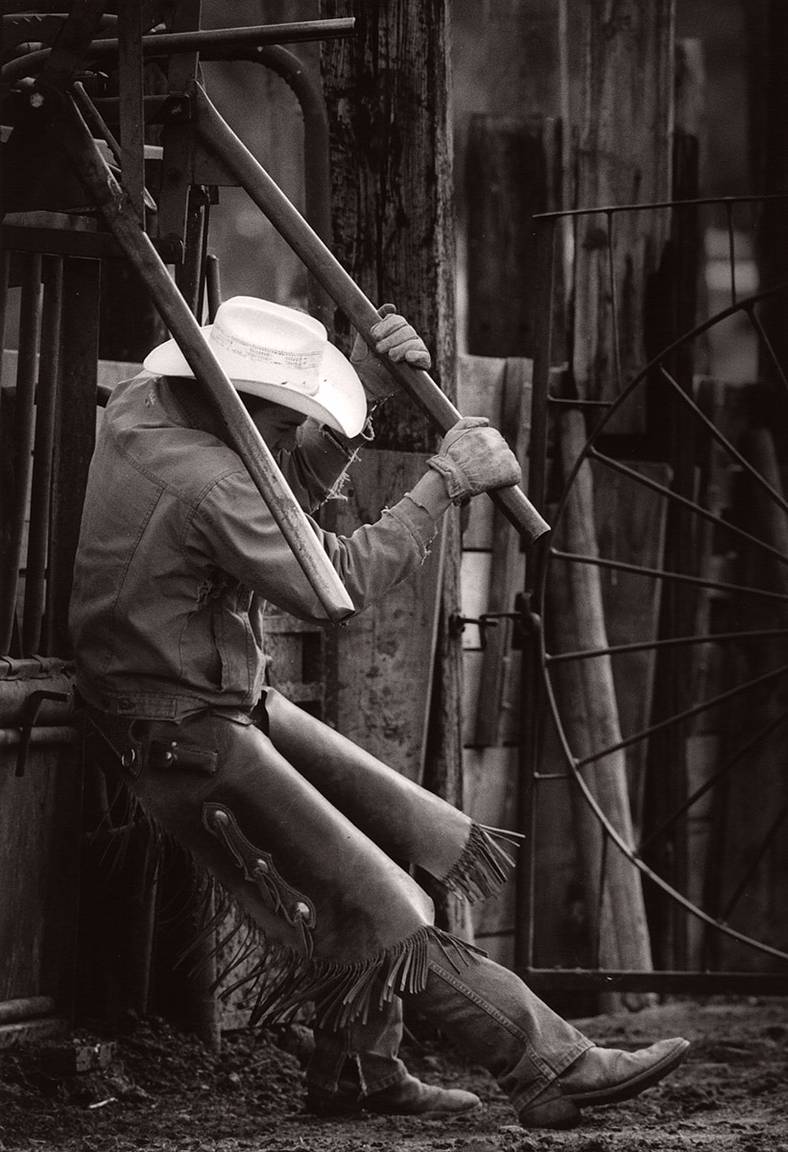


















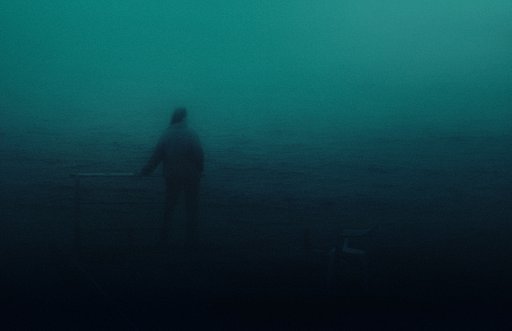

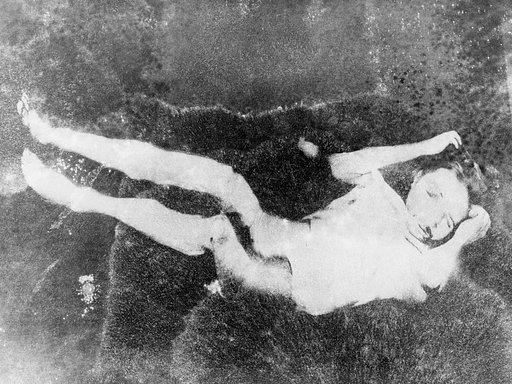
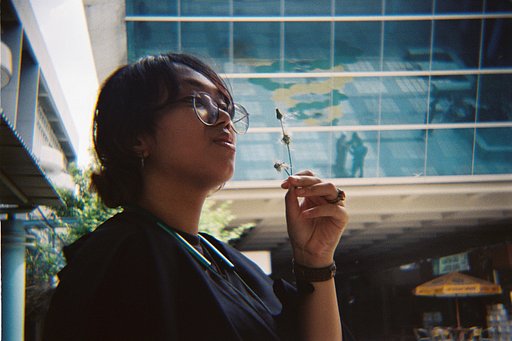
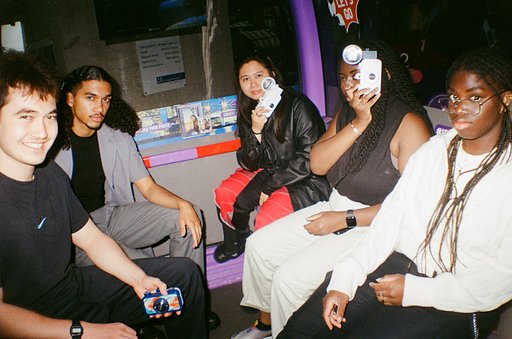





One Comment